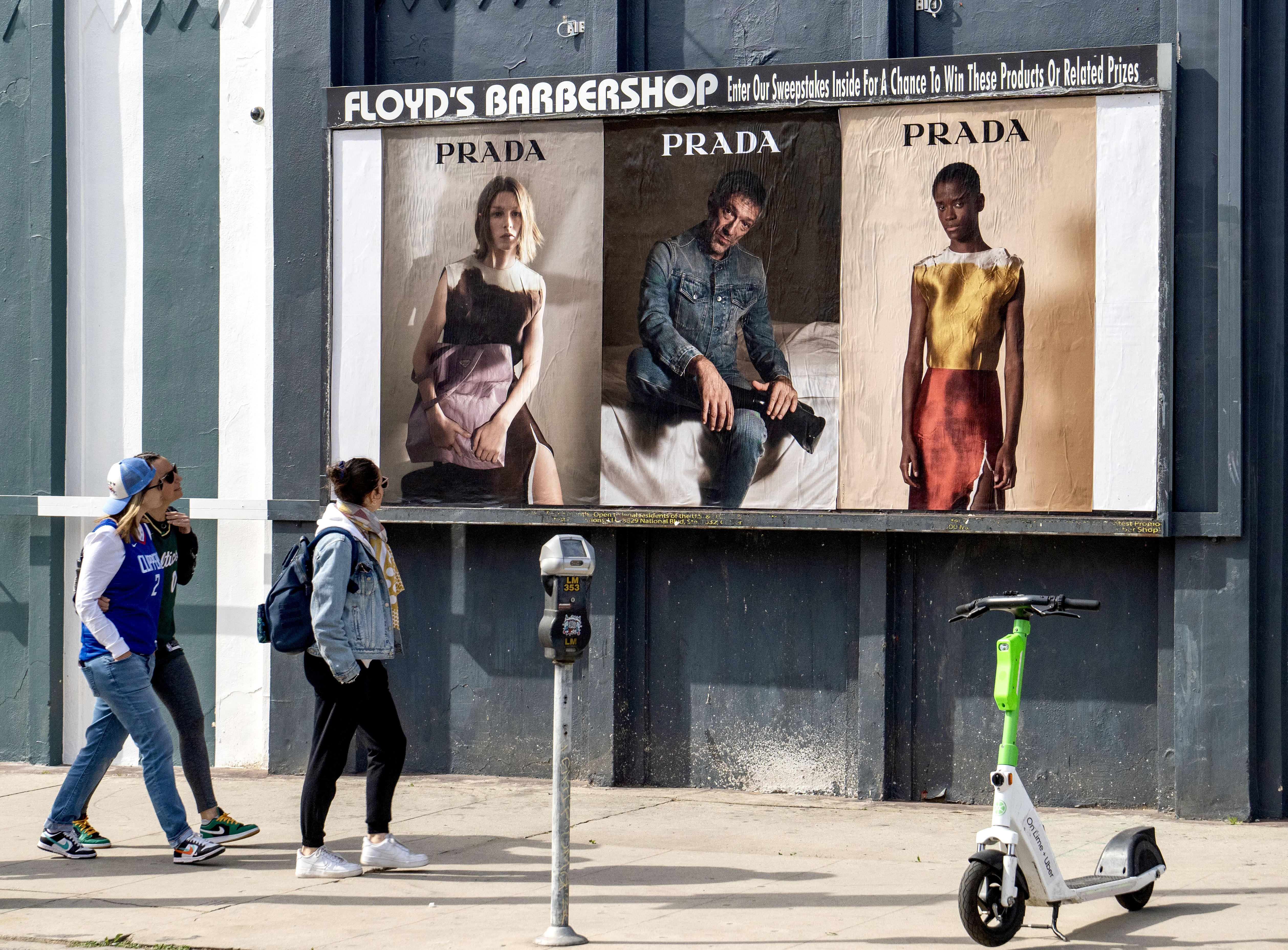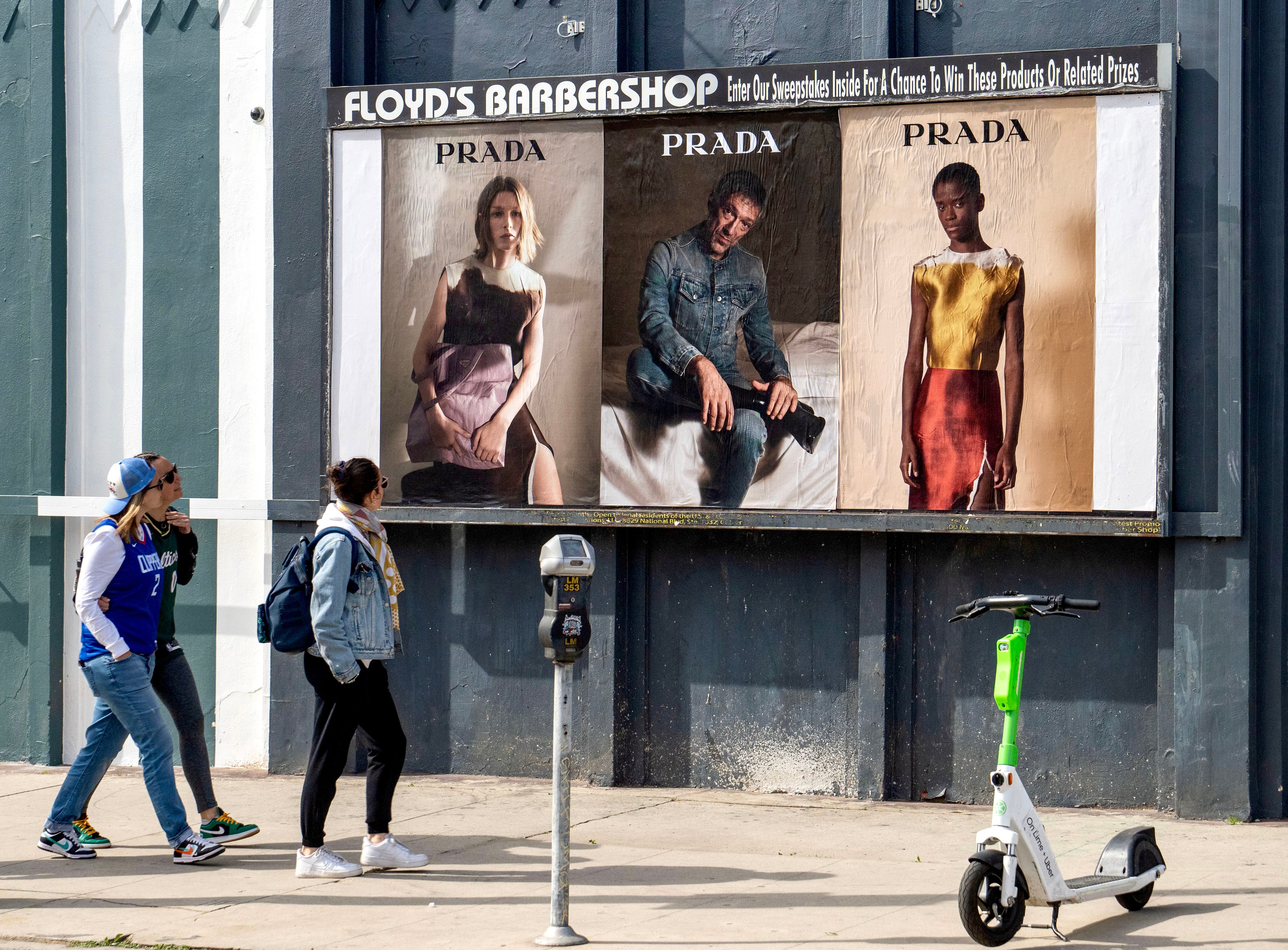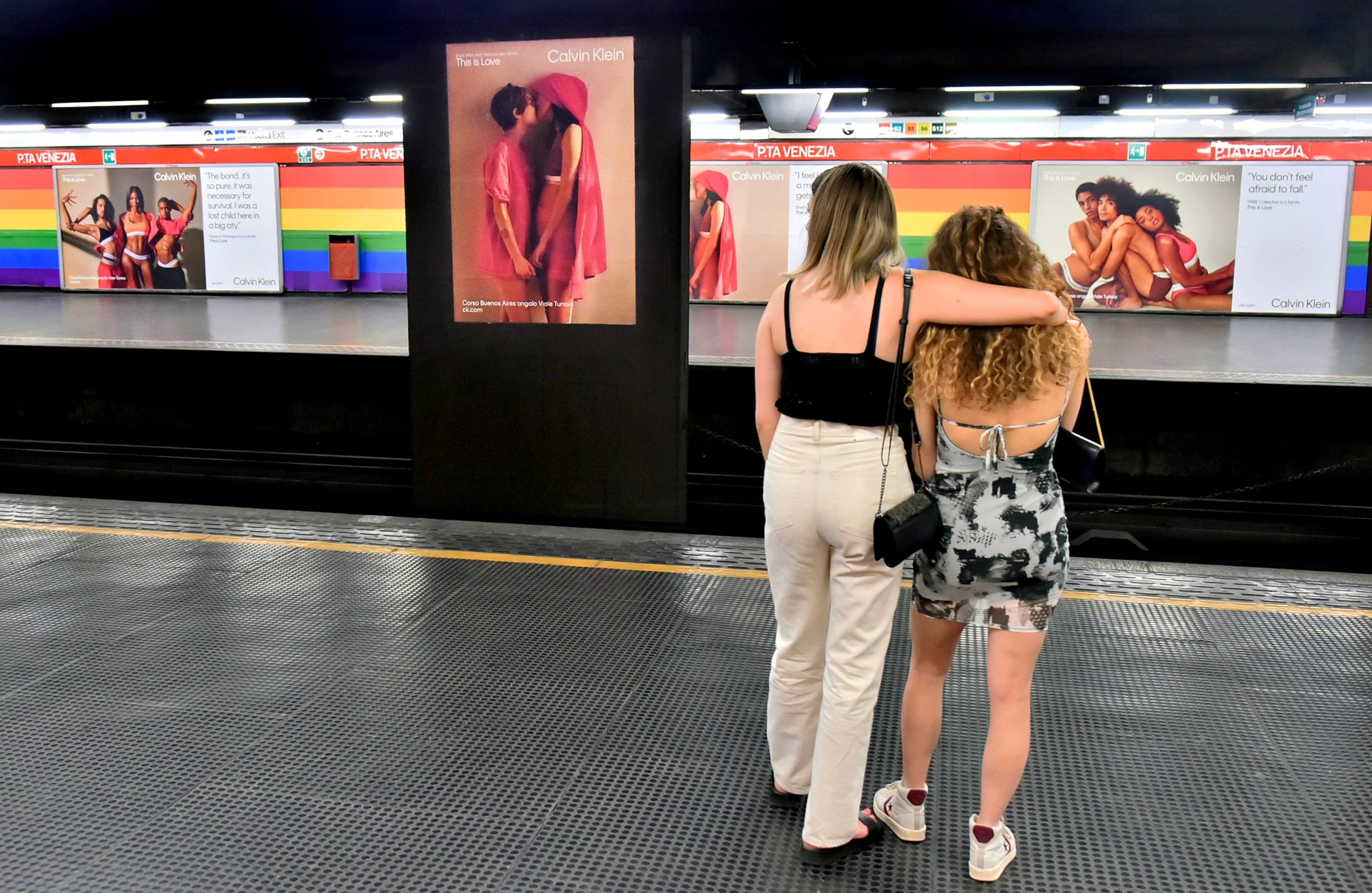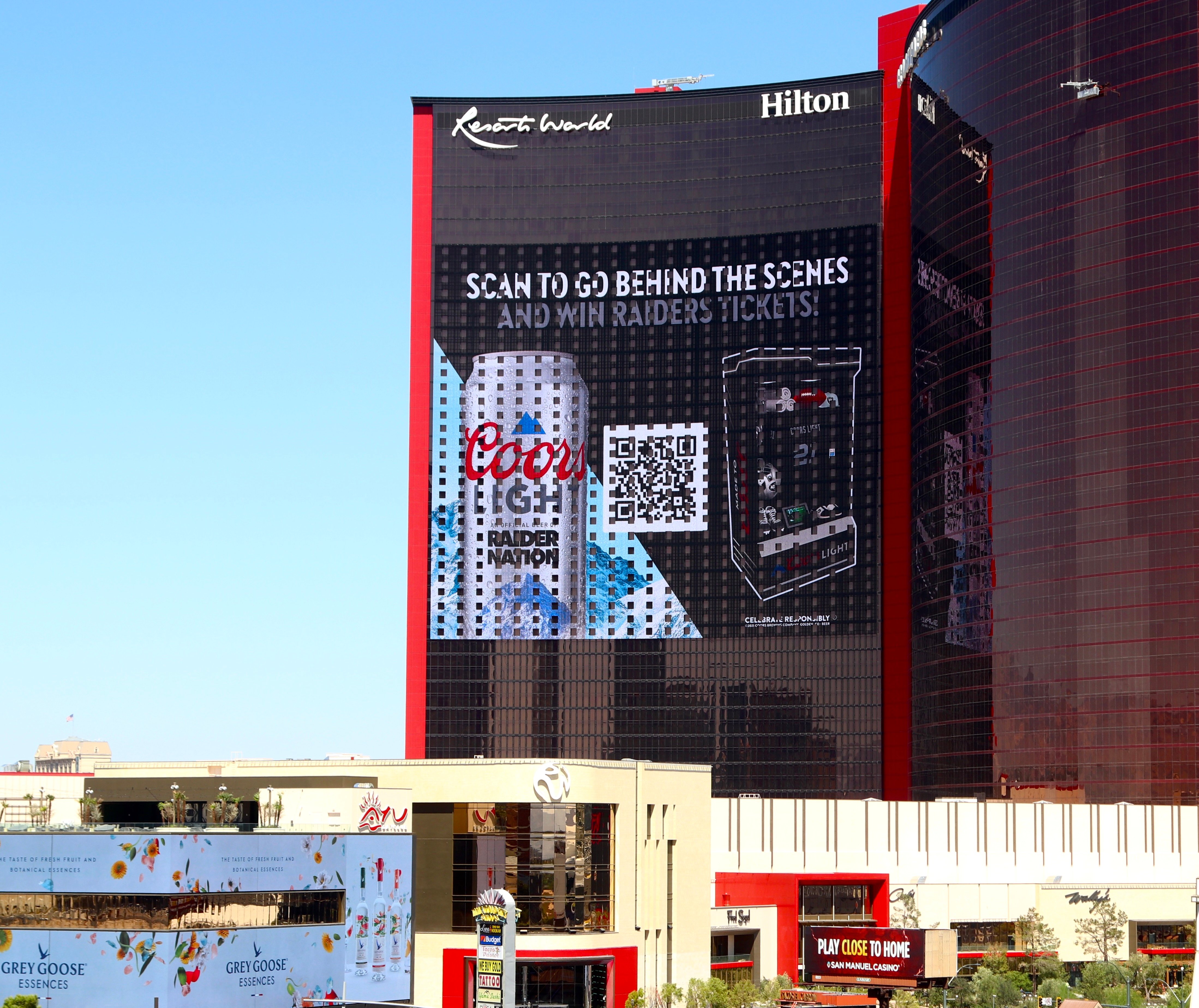
Out-of-Home (OOH) is often considered a traditional advertising medium. Many people think it needs more targeting and reliable measurement capabilities. Online and digital advertising, on the other hand, are frequently viewed as highly targeted and highly measurable.
Digital would seem the clear winner regarding reliable and advanced data analytics. But, Digital advertising has its own issues, including fraud, opt-outs, and consumer fatigue. At the same time, OOH data and analytics are quickly becoming more targeted and easier to confirm.
In this article, we compare and contrast OOH with Digital advertising analytics. You will learn how each medium works, and the pros and cons.
The reality is that digital analytics and Out-of-Home analytics are both digital. Data collection is done electronically and, thus, digitally.
OOH data collection is based on audience measurement techniques, such as traffic and footfall counts. Exposures can be tracked from mobile devices passing through an OOH unit. The most common data points are visitation counts, exposures, and frequency. OOH can also provide conversion metrics, such as how many people visited a physical store after OOH exposure.
In contrast, Digital advertising involves serving ads online through various channels. These channels include social media, search engines, and display networks. Data collection for Digital advertising is often much more detailed and precise than OOH advertising. Cookies, pixels, and other tracking technologies watch user behavior and collect data on demographics, interests, and online activity.
For example, Digital advertising companies may use tracking cookies to track a user's browsing behavior across multiple websites, allowing them to build a detailed profile of user interests and preferences. This data is used to serve targeted ads to the user based on their browsing history, search queries, and other online activity. Some standard digital analytics include impressions, click-through rates, and conversion rates. In the case of multimedia, data allows advertisers to know how many people viewed and how much of a video users watched.
Accuracy and the ability to validate data are critical. Though it could be more accurate on view counts, OOH comes close to Digital advertising with view counts and how many engaged with an ad. Though the data types are different, OOH can still hit similar goals.
Bots are one of the biggest concerns in Digital advertising. The data is sometimes inaccurate due to fraudulent bots clicking on advertisements. Larger, more reputable advertising networks may have the resources to detect and remove bots.
Fraud in the advertising industry is expected to grow, with recent reports showing 18% of all web traffic comes from bots. Likely, organizations like Facebook will not have bots because they want effective client results. Others may have bots working for them, especially for advertisements with a high CPM.
Users also have the option to opt out of cookies or to find other methods to avoid advertisements. According to Insider Intelligence, about 40 percent of people block ads on their devices. But, even if someone opts out of cookies for tracking on a website, there are other ways to collect data, including social media, websites, and search engines.
People can also opt out of advertisements and tracking on apps and streaming services. Those who use paid versions of apps or more expensive tiers of streaming services can block advertisers from getting their message out.
The ability to opt out of mobile tracking has impacted Digital advertising. Companies like Apple often ask if they are allowed to track. When opting into tracking became the norm, many large advertising companies lost revenue due to fewer exposures.
Because many users have opted out of mobile tracking, OOH counts are different. Only some people who pass by an OOH unit will be counted as having seen the ad. OOH advertisers can estimate how many people saw an ad using modeling software, market algorithms, and ensuring that a market has at least 20% reach.
Another caveat with OOH is that an exposure doesn’t mean the person was paying attention to the advertisement. With digital fatigue, this is likely true of digital advertisements as well. In OOH, it simply means that a mobile device passed through the viewshed or viewable area of the Billboard or OOH unit. This means there was a high likelihood that it was seen.
While many are tired of digital ads and may ignore them, the counts of who was exposed can be more accurate than OOH. Many people may pass by a Billboard ad but might have opted out of location data sharing or might not be in the desired target audience.
However, one advantage OOH ads have over digital ads is that they are in the physical world and thus are unavoidable by many consumers. It is also a more passive medium that fits into the landscape. Many people view OOH favorably compared to other forms of advertising.

Though the data and how it is collected differ, there aren’t too many differences in targeting. OOH and Digital advertising can both target specific populations.
OOH demographic targeting can include psychographic, behavioral, and location-based parameters. Working with an OOH Specialist can help you find your target audience in the places they frequent. Targeting is customizable and based on several factors, similar to digital ad targeting.

Digital advertising offers slightly more precise targeting. Advertisers can target a specific person; only those who fit the profile will see the advertisement. With OOH Advertising, people will see it even if the ad isn’t targeting them.
Digital and OOH work in tandem. Digital integrations track many of the metrics or KPIs in OOH. Pings from people’s devices give the same digital analytics for OOH and Online advertising. The only difference is one ad is viewed on a screen, and one is in the physical world. OOH exposures are based on pings, whereas digital is based on how many people were served the advertisement.
Integrating an OOH campaign with an online one can be a great way to amplify your message. They can target similar audiences and you can even retarget those who viewed your OOH through online ads.
Though OOH lacks click-through rates and conversion rates, there are ways to integrate online advertising and OOH advertising to get a similar effect. Some advertisers place QR codes on their OOH ads.

Our patented technology allows us to measure OOH with the same sophistication as digital advertising. Whether you seek a standalone OOH campaign or want to integrate it with digital channels, our experts can help tailor your campaign to reach your audience. Reach out to speak to someone at Billups today!
Don't worry—we won't share your information.